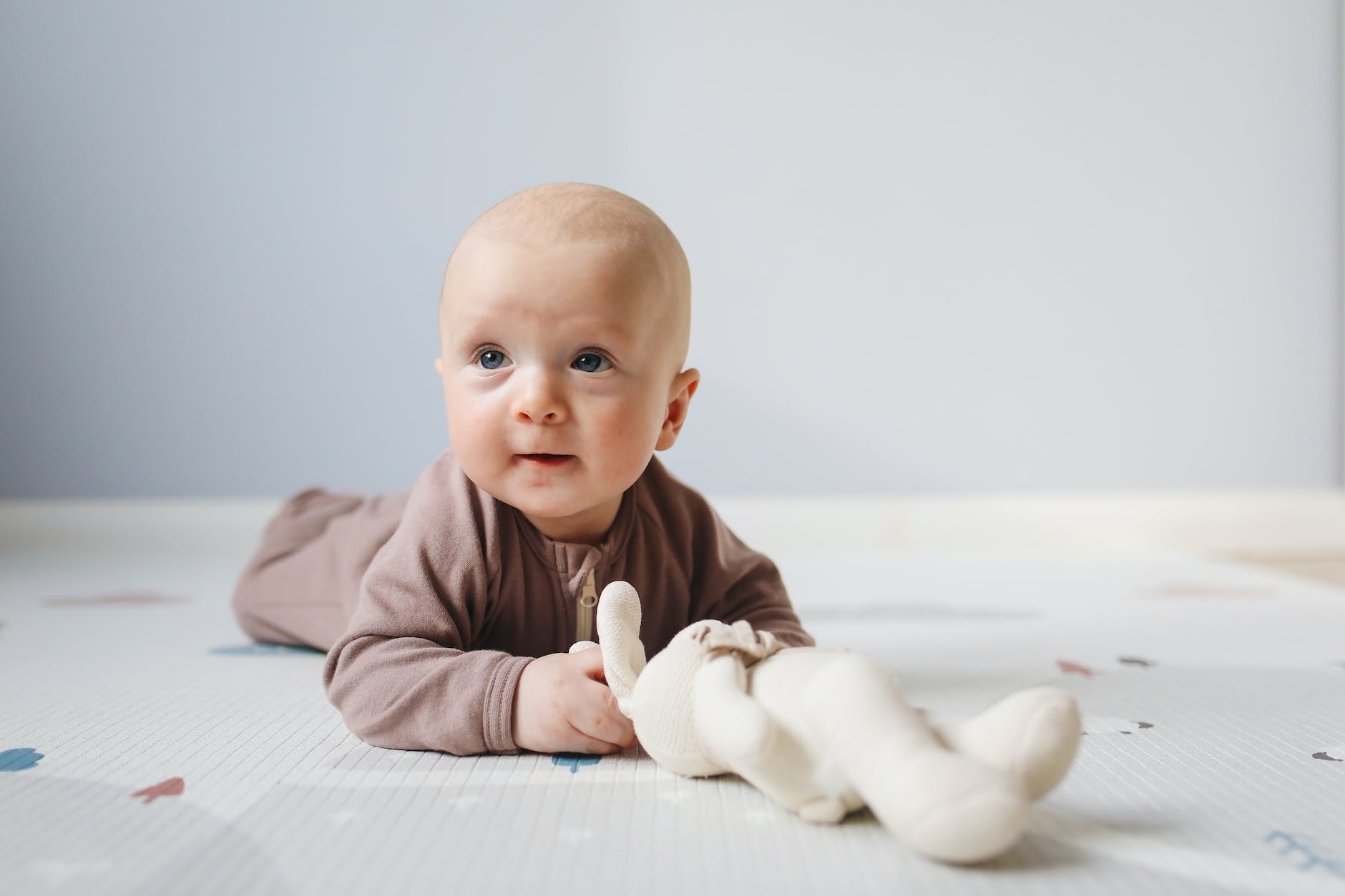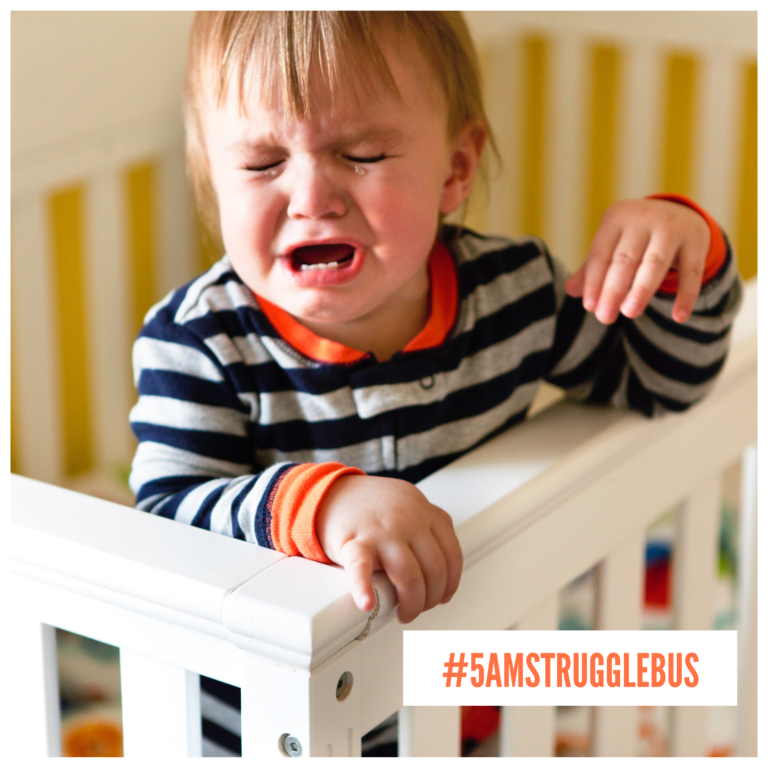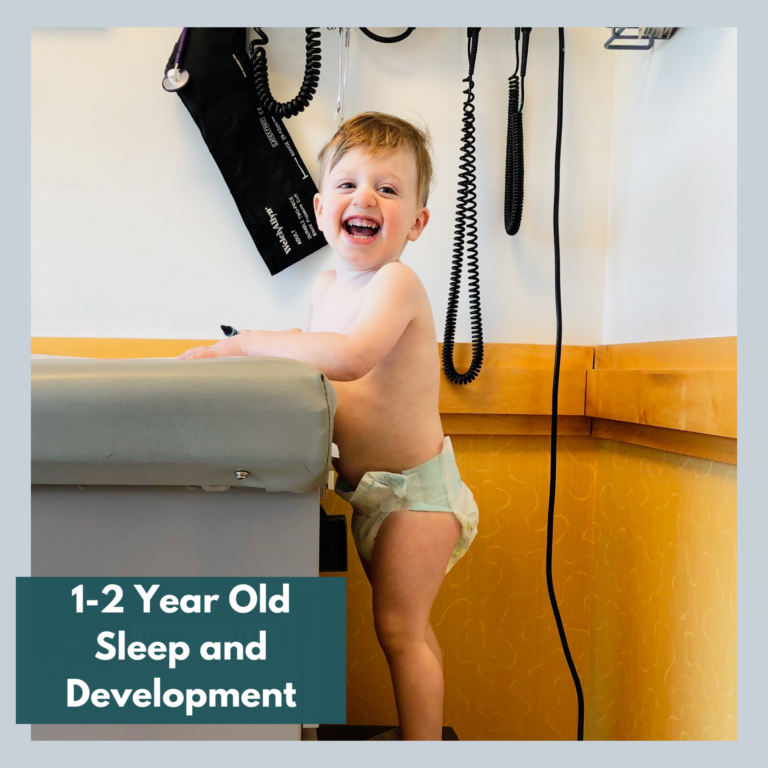What to do when your baby is rolling over in sleep
What to do when your baby is rolling over in sleep? Rolling and your baby’s sleep. It’s going to happen! At some point in the first 6 months, your baby is going to master rolling back to tummy or tummy to back and they will start to practice this in the crib.
You may have been enjoying some nice long stretches of sleep or your baby may have been loving the swaddle before this milestone emerged. I’m here to help you navigate this big transition and help your baby sleep again!
When will your baby start to roll over?
Your baby will start to roll sometime between 2-6 months of age with the majority around 3-4 months. 3-4 months is a period of BIG developments and many babies experience a sleep regression around this time. As hard as it is to stay consistent when you’re exhausted, try to avoid developing new sleep associations if your baby starts waking more often overnight or is taking shorter naps.
Most babies will start to roll tummy to back first as they learn to roll out of tummy time. You will most likely see this milestone happen while your baby is awake before it happens in the crib. Once your baby starts rolling you may find that they want to do it ALL THE TIME!! This is a normal developmental milestone!
One of the most important things to do once your baby starts to roll is to ensure your baby is sleeping in a safe sleep space and that you transition out of the swaddle. This is when the sleep disruptions can start. Your baby may be startled or frustrated when they first roll over in the crib as their brain associates this position with playtime while awake.
How to keep your baby safe when rolling over in the crib
As a pediatric nurse practitioner and certified pediatric sleep consultant, I always recommend following safe sleep practices. This includes the ABC’s of sleep: Alone, Laying your baby on their Back, and in the Crib. Read more about safe sleep practices and guidelines here.
You will want to ensure there is nothing in the crib with your baby including stuffed animals, small blankets, pillows, or any kind of crib bumpers. You will want to continue to lay your baby on their back for every sleep in the first year even if your baby rolls immediately upon laying them down. Your baby’s sleep surface should be on a firm and flat mattress in a crib. If your baby has been sleeping in a bassinet, now is the time to transition out!
Transition out of the swaddle
It is recommended to transition out of the swaddle once your baby shows any signs of rolling. Even if your baby’s sleep is disrupted during this transition time, you don’t want to go back to swaddling or use any kind of device that prevents your baby from rolling.
There are different ways to approach the swaddle transition. Some parents go straight to a sleep sack, some transition one arm out at a time, and some transition to the Magic Merlin sleep suit. There is no right or wrong way. It is safe for your baby to sleep in a sleep sack. Many parents use a sleep sack throughout the first 1-2 years as it is a safe alternative to a blanket.
The Magic sleepsuit can help if your baby still has a strong startle reflex. I recommend transitioning out of the sleep suit up by 5 months of age at the latest, as the longer your baby stays in this product, the harder it can become to transition out of it.
I include more tips to help with the swaddle transition in my Newborn and 3-4 month sleep guides.
What to do when your baby is rolling over in sleep?
This is where it can get tricky. It is OK for your baby to sleep on their tummy if they roll into that position on their own in the crib. You will continue to lay your baby on their back for every sleep, but if they roll onto their side or tummy on their own, then it’s ok to let them stay in that position.
If your baby is frustrated once they roll over you may have to provide some check ins to comfort and console them or use a gentle sleep method to help your baby navigate this transition.
Many parents reach out for help during this time to try to avoid developing new sleep associations that can further impact sleep.
If your baby rolls over and is stuck or frustrated try giving them a few minutes to settle before intervening. If you don’t see any changes happening after a few minutes you can then enter the room and gently assist them to roll them back over.
Instead of picking them up and then laying back down, try rolling them while they are still in the crib. This helps their brain and body make the connection of what to do.
As hard as this can be, try to stay consistent with your approach and know that it should pass in 1-2 weeks. If you’re not seeing any changes or improvements in sleep in that time frame, we can help!
Sleep resources to help your family
If night wakings are becoming the norm and you’re ready to feel well rested again, I have a class for you. The 4-24 Month Well Rested Collection will walk you step-by-step through a completely customizable sleep training experience. In just a few weeks, your baby will be getting 11-12 hours of independent night sleep, AND you’ll have a plan to navigate any future regressions or bumps in your journey. I’ll also help you set up a daytime routine and nap schedule that fits your family’s lifestyle and values. And you’ll get age-specific guidance to meet your baby right where he or she is developmentally at every stage from now until your baby turns 2.
I also offer 1:1 personalized sleep coaching from newborn to age 4! I have multiple options that can help your baby and family get a full night of sleep!
Please Share this Post with a Mama!







